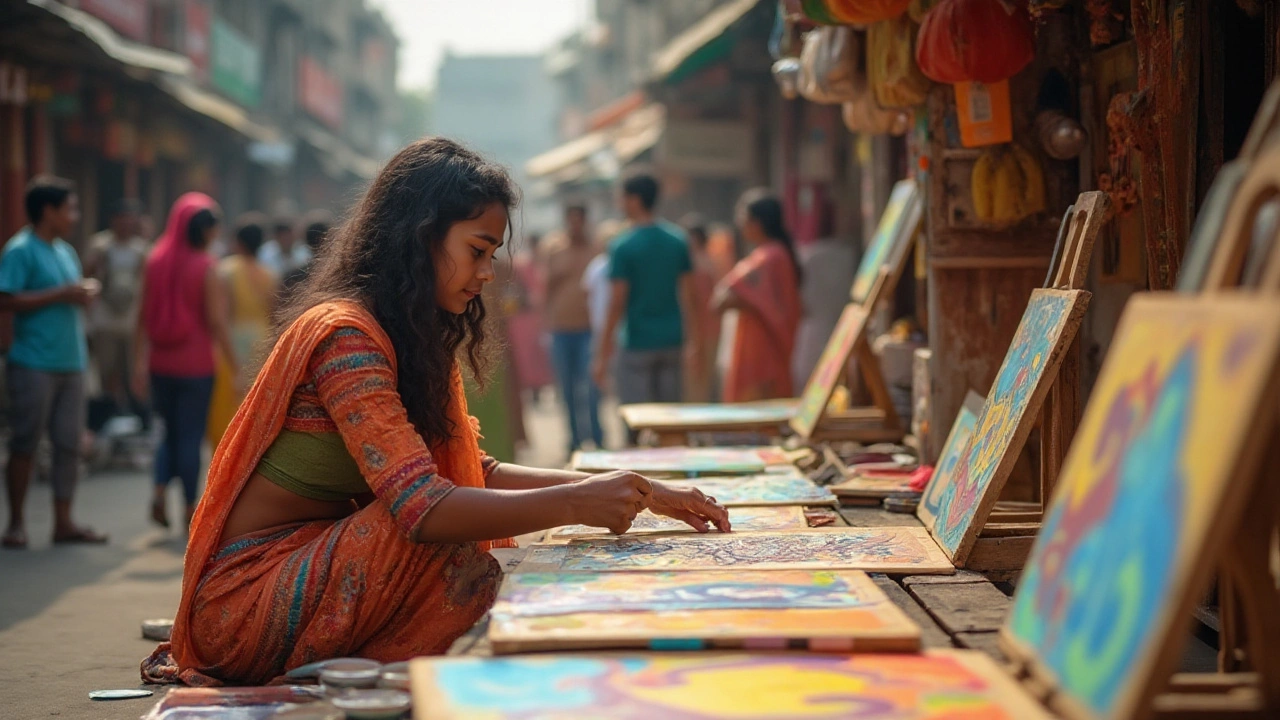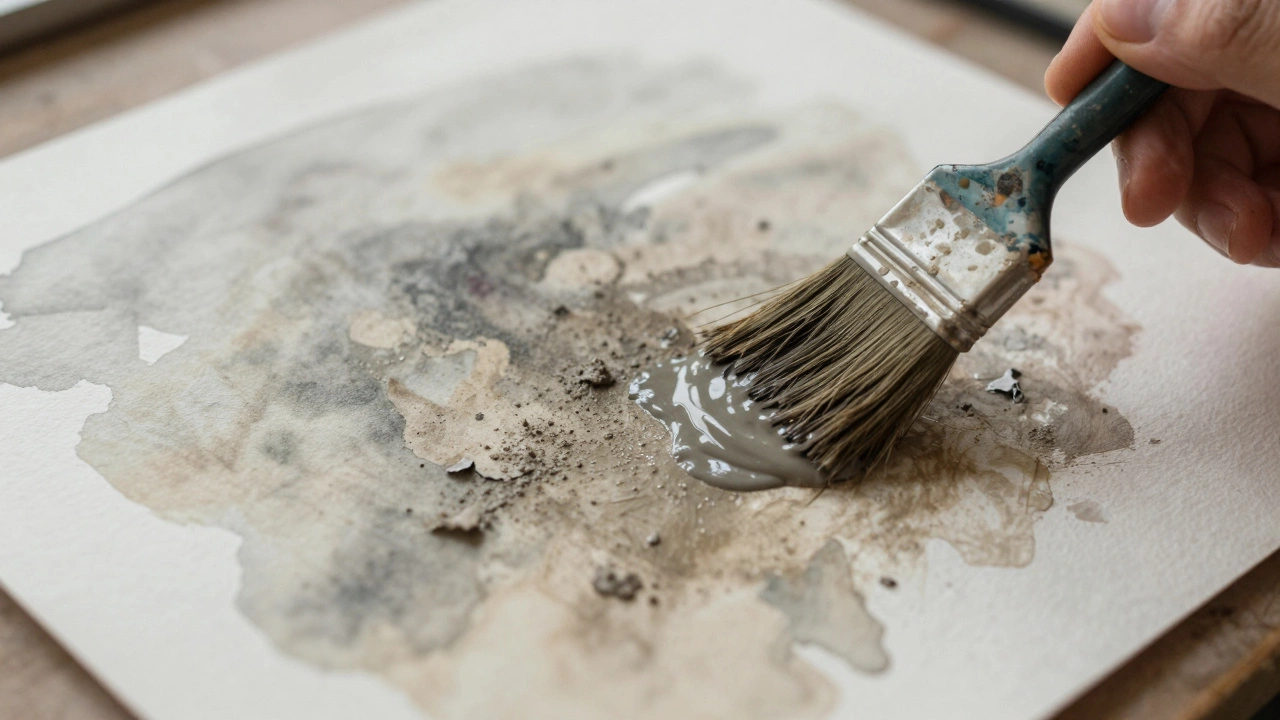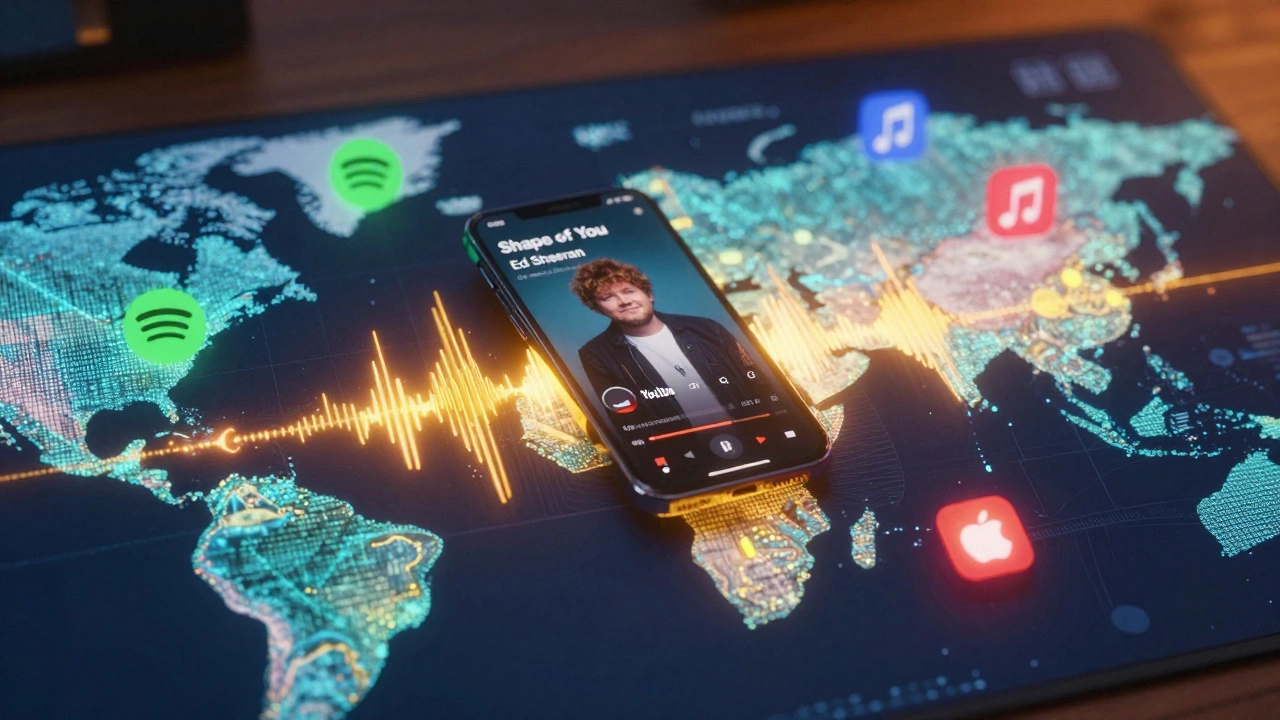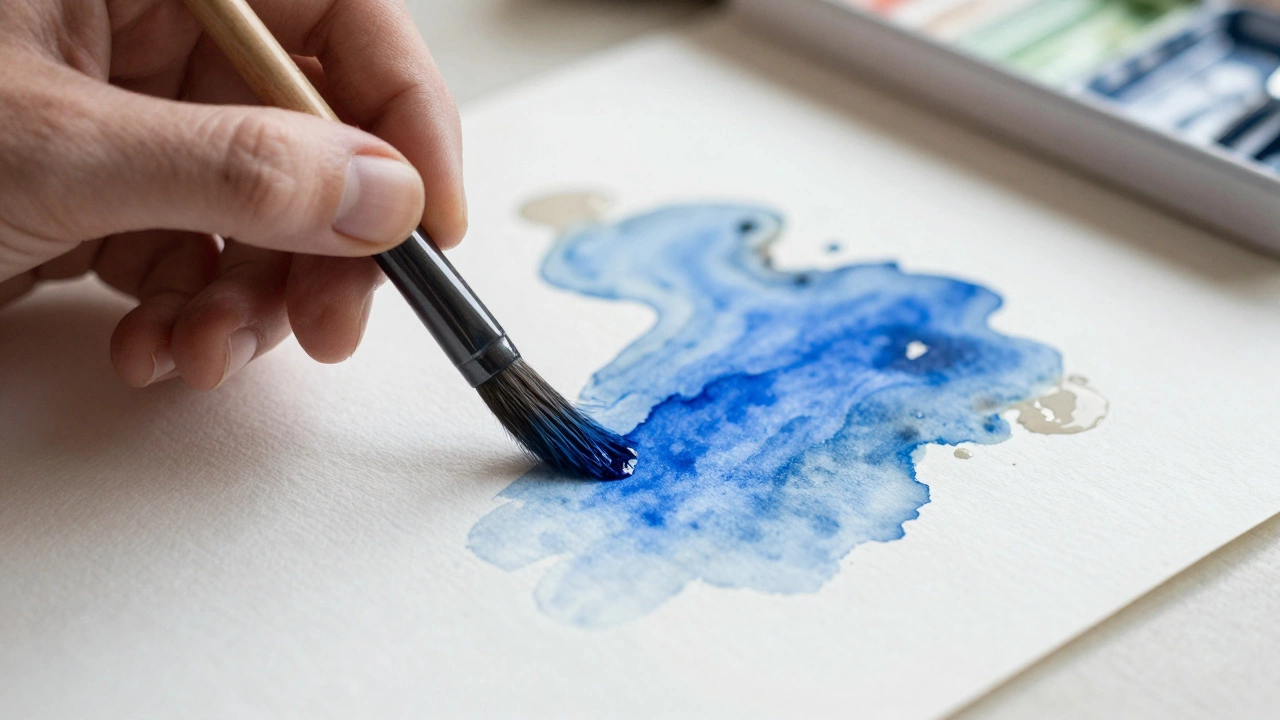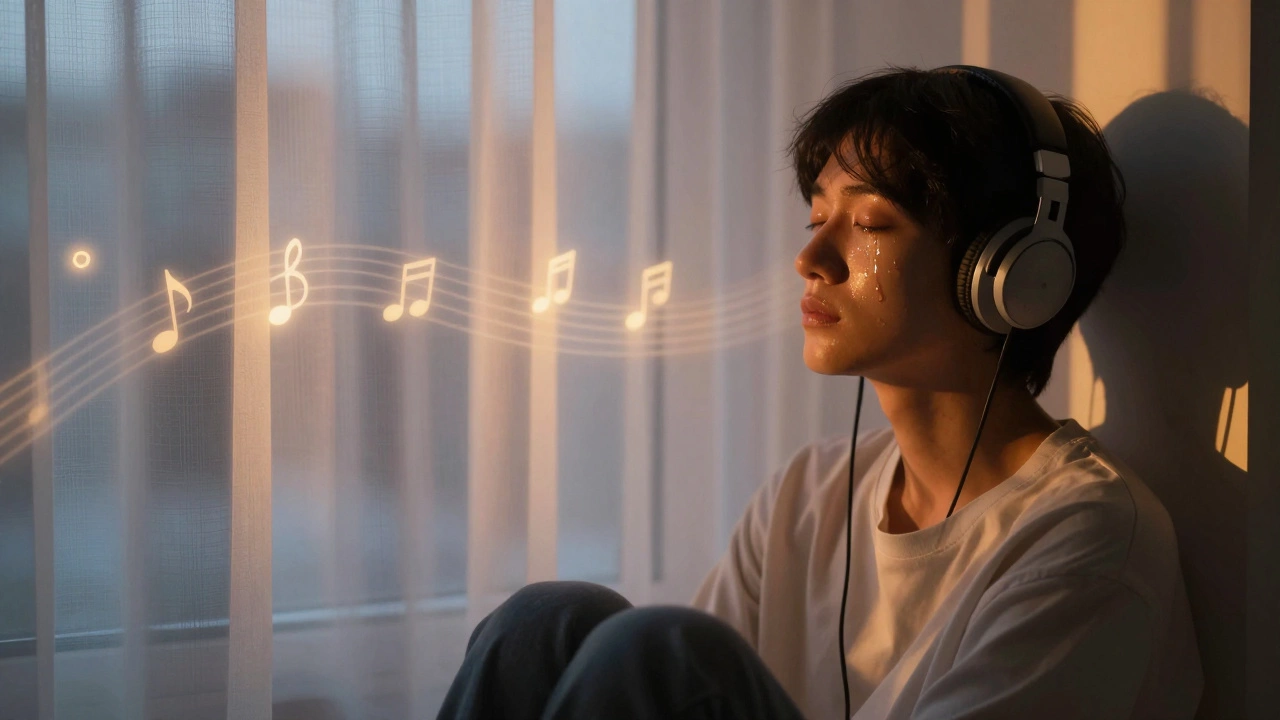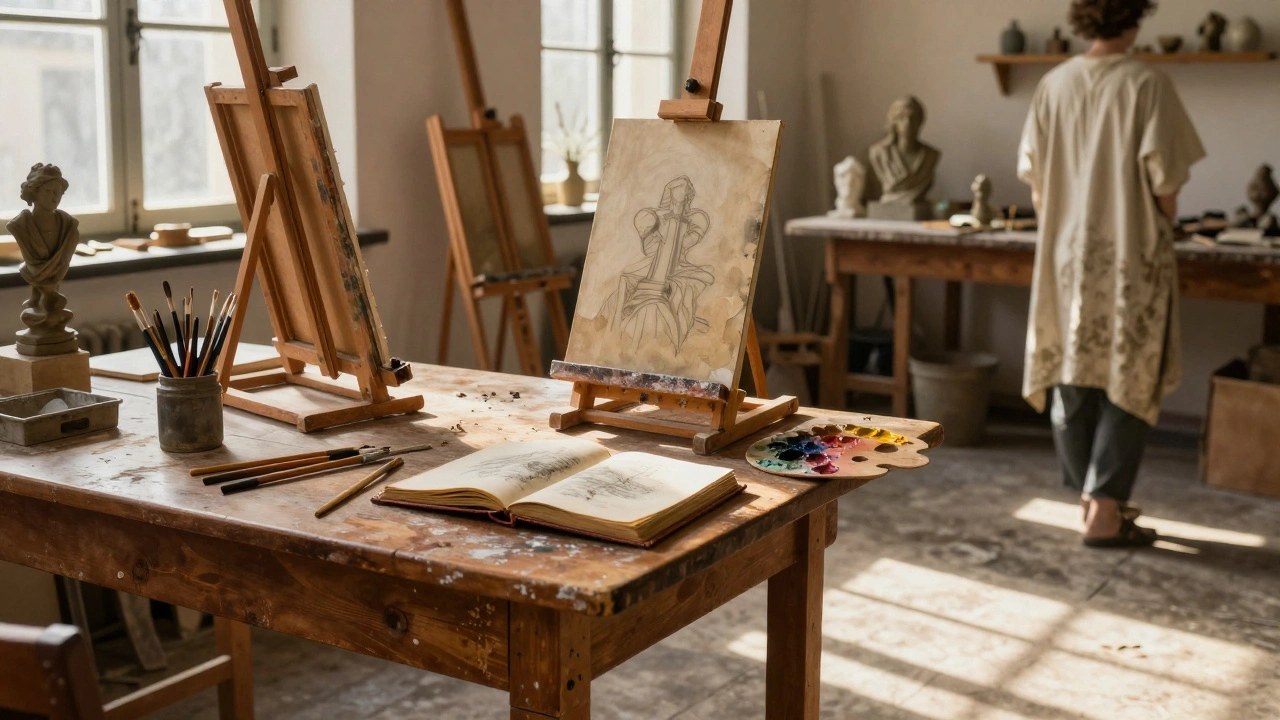Displaying your art to the world doesn't always have to come with a hefty price tag. Many aspiring artists face the challenge of finding venues that allow them to showcase their work without spending a fortune. Fortunately, there are numerous avenues available that enable artists to share their creations freely.
Let’s dive into some innovative and practical ways of getting your art out there, from leveraging online platforms to finding the right community spaces. Whether you're just starting out or looking for new opportunities, understanding these paths can help elevate your artistic journey without financial burdens.
- Collaborative Exhibitions
- Leveraging Online Platforms
- Community Spaces and Local Venues
- Organizing DIY Art Shows
Collaborative Exhibitions
One of the most effective and enriching ways to showcase your art for free is through collaborative exhibitions. These joint displays not only cut costs but also foster a sense of community and shared creativity among artists. By teaming up with other artists, you can share resources, spaces, and audiences. Collaboration often leads to a more diverse and dynamic exhibition, attracting a wider array of viewers. Many artists find that working alongside other creatives can inspire new ideas and perspectives, elevating their work to new heights.
When considering a collaborative exhibition, it's essential to choose partners whose art complements your own. This doesn't mean the styles have to be identical, but they should harmonize in a way that creates a cohesive experience for viewers. For instance, an exhibition combining abstract paintings with minimalist sculptures can create a captivating and balanced visual dialogue. One practical approach to finding potential collaborators is by engaging within the local art community, attending art fairs, or participating in online art groups.
Once you've found your fellow collaborators, the next step is to plan the logistics. Decide together on a venue, which might be a local community center, a shared studio space, or even a pop-up display in a coffee shop or boutique. The collective nature of such exhibitions often attracts venues willing to donate space in exchange for exposure and community engagement. Remember that collaboration isn't just about sharing space, but also sharing the various responsibilities such as marketing, setup, and event management.
Marketing can be a crucial factor in the success of a free art exhibition. Use social media platforms like Instagram and Facebook to promote the event widely, utilizing cross-promotion with your co-exhibitors. You can also create an eye-catching online invitation and share it with local online arts communities or forums. Interactive features like live painting sessions, Q&A panels, or artist talks during the exhibition can enhance visitor engagement and make the event memorable. As Oscar Wilde famously said, “Art is the most intense mode of individualism that the world has known,” and by bringing together diverse voices in one exhibition, you can create an event that deeply resonates with audiences.
Below is a conceptual example of how artists might distribute duties for a collaborative exhibition:
| Task | Responsible Artist |
|---|---|
| Venue Coordination | Alice |
| Marketing and Promotion | Bob |
| Exhibition Setup | Carol |
| Event Facilitator | Dave |
Ultimately, collaborative exhibitions offer a platform where artists can not only showcase their talents without the burden of high costs but also learn from each other and expand their networks. Every successful collaboration is a testament to the power of united artistic vision and shared human experiences.
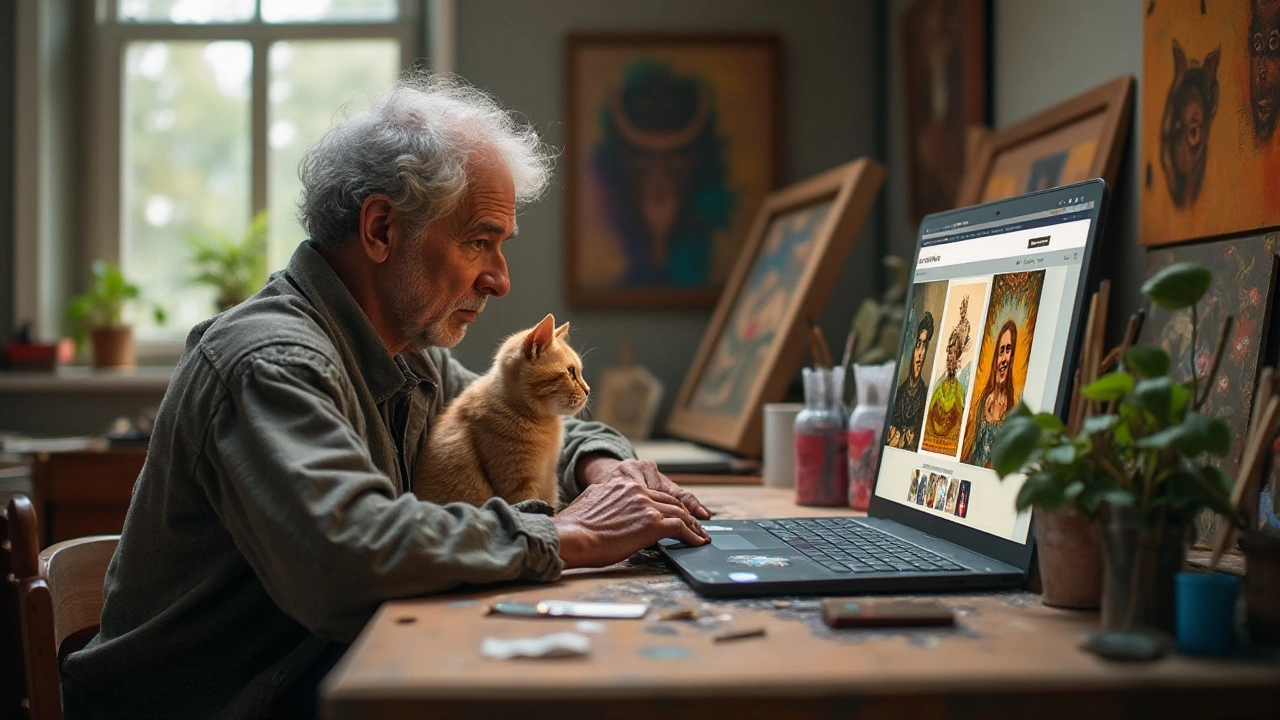
Leveraging Online Platforms
In the modern age, the digital world offers a plethora of opportunities for artists ready to share their works without spending any money. Embracing online platforms can be a game-changer, as these digital spaces provide access to a global audience eager to discover fresh art exhibitions. Social media networks, art-specific websites, and virtual galleries have risen in prominence as essential tools for artists looking to have their voices heard and their pieces seen.
First and foremost, social media is a vibrant arena where artists can attract attention with a well-curated online presence. Platforms like Instagram and Pinterest are particularly popular among creatives due to their highly visual nature. Instagram, for example, has over a billion active users, many of whom follow art profiles. By presenting your art consistently with engaging stories and insights into your creative process, you can build a devoted following. Utilizing hashtags, collaborating with fellow artists, and even holding virtual Q&A sessions can generate buzz around your art.
Dedicated online art marketplace websites such as ArtStation, DeviantArt, and Behance offer a more targeted approach. These sites cater specifically to artists and art enthusiasts, giving creatives the chance to showcase their portfolios in a setting designed to highlight visual work. Many of these platforms allow you to create a profile for free, enabling you to upload images of your work, connect with other artists, and even participate in art challenges and competitions. This not only gets your work noticed but also positions you within a community of like-minded individuals.
Virtual galleries have also become a powerful tool. Websites like Kunstmatrix and Artsteps allow artists to curate their own personalized exhibitions. These platforms simulate the experience of a physical gallery, enabling artists to create an interactive experience for their audience. Imagine inviting your fans to walk through a 3D-rendered space filled with your artwork, all accessible from the comfort of their homes. This innovative approach can captivate and connect with audiences on a deeper level, extending the reach of your art showcase across borders.
Embrace the power of blogging as well. Maintaining a blog where you regularly write about your artistic journey, the stories behind your pieces, or even your inspirations can enhance your visibility. Integrating SEO tactics by using relevant keywords such as "free art showcase" and "display artwork" in your blogs helps improve search engine rankings, ensuring that potential appreciators can easily find your work. Not to be overlooked, blogs create a more personal connection with your audience, often leading to more meaningful engagements and expanded networks.
According to renowned artist Ai Weiwei, "Creativity is part of human nature. It can only be untaught." Sharing your creative process transparently online can demystify art for many, allowing people to engage more deeply with the art itself.
Lastly, consider leveraging platforms like Patreon, which, although technically a paid platform for supporters, often functions as a space for artists to show off exclusive works and processes. By offering patrons a glimpse behind the scenes and a chance to participate in your artistic evolution, you're essentially building a dedicated community ready to support your art beyond conventional exhibitions.
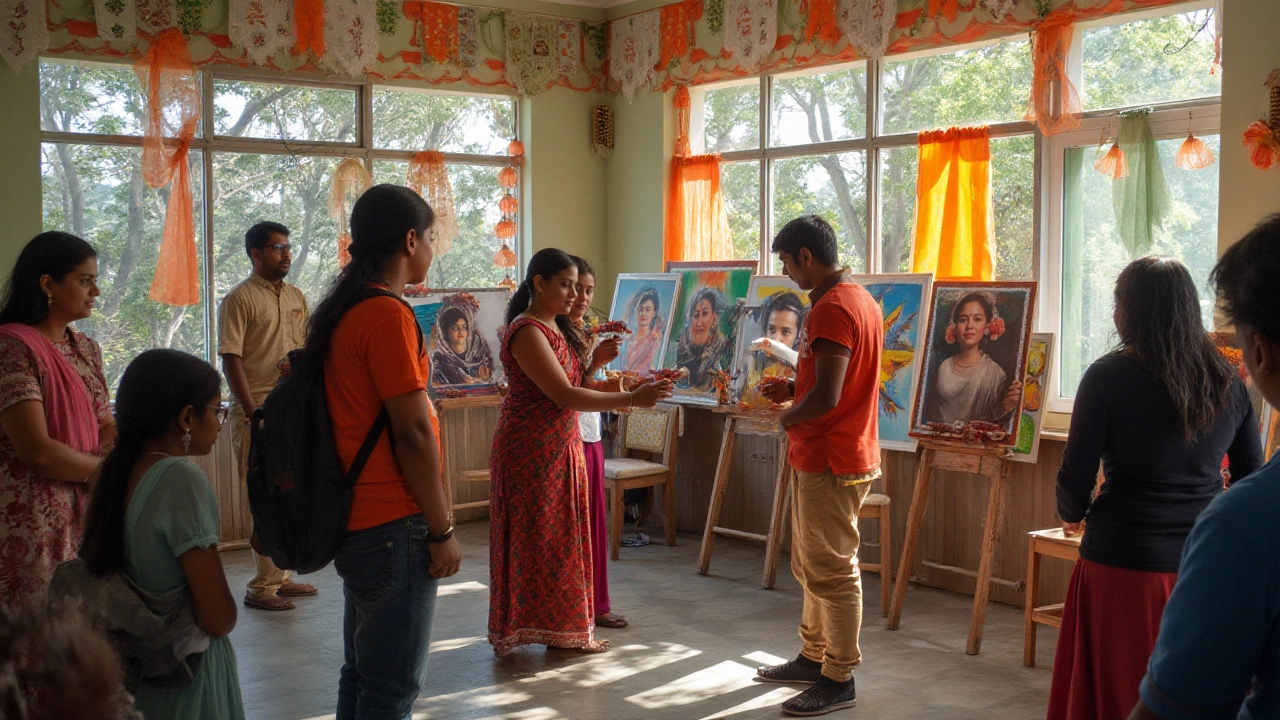
Community Spaces and Local Venues
Delving into the world of community spaces and local venues can be a rewarding journey for artists eager to showcase their work. These spaces often present an intimate and accessible alternative to traditional galleries, making art exhibitions more inclusive. Local libraries, cafes, and community centers frequently host art displays and are often willing to support emerging artists. Unlike traditional galleries that may charge fees or take commissions, these venues might be free of charge or require minimal expense.
Securing a spot in a community venue often starts with understanding what the venue values and how your artwork aligns with their mission. For example, a library may be interested in hosting art that resonates with community themes or educational topics, while a trendy café might prefer contemporary or vibrant pieces that appeal to its clientele. This is where your proposal and presentation matter. Gathering a portfolio that reflects these themes can greatly enhance your chances. These community-centric places often appreciate artists who actively engage with audiences through workshops or talks, adding an educational layer to the exhibition.
Community engagement can serve as a potent tool. Building relationships with local organizations, participating in community events, and networking with other artists can open doors to exhibiting at various community spaces. Melissa Sanderson, a community arts coordinator, once stated,
"Art connects people on a visceral level – it’s about more than just putting paint on a wall. It's about fostering community spirit and unity."Keeping this perspective in mind can help you tailor your approach to resonate with the ethos of community and collaboration.
Additionally, consider reaching out to art collectives and local art clubs. These groups often have relationships with venues and can provide invaluable advice and pathways to get your artwork noticed. Collaborating with other artists in these networks can lead to co-hosted exhibitions, where costs and labor are shared, allowing for more substantial and diversified exhibitions without singular financial weight. Don't forget to capitalize on art fairs and pop-up galleries that sometimes offer free spaces to artists, granting them short-term but impactful exposure.
In recent years, the trend of community pop-up exhibitions has grown significantly, providing a fresh canvas for creativity in underutilized public spaces. Whether it's a vacant storefront or a city park, such locations are vibrant spots for reaching new audiences. Local municipalities might even offer grants or permits for artists to creatively use these spaces, creating an intersection between art and urban environment. This trend aligns with the move towards inclusive art, where cities like San Francisco and Toronto have embraced the concept to promote cultural dialogue and vibrant public spaces. Here’s a quick look at the growth of these exhibitions in recent years:
| Year | Number of Pop-Up Exhibitions |
|---|---|
| 2019 | 120 |
| 2020 | 150 |
| 2021 | 190 |
Getting involved with local venues not only adds visibility but also embeds your work deeply within the social fabric of your community, offering narratives that can speak more personally to viewers. It’s not just about showcasing art but about weaving it into the everyday world of those around you. By creatively utilizing these spaces, you invite others into your artistic universe in ways that powerful, traditional spaces often cannot.
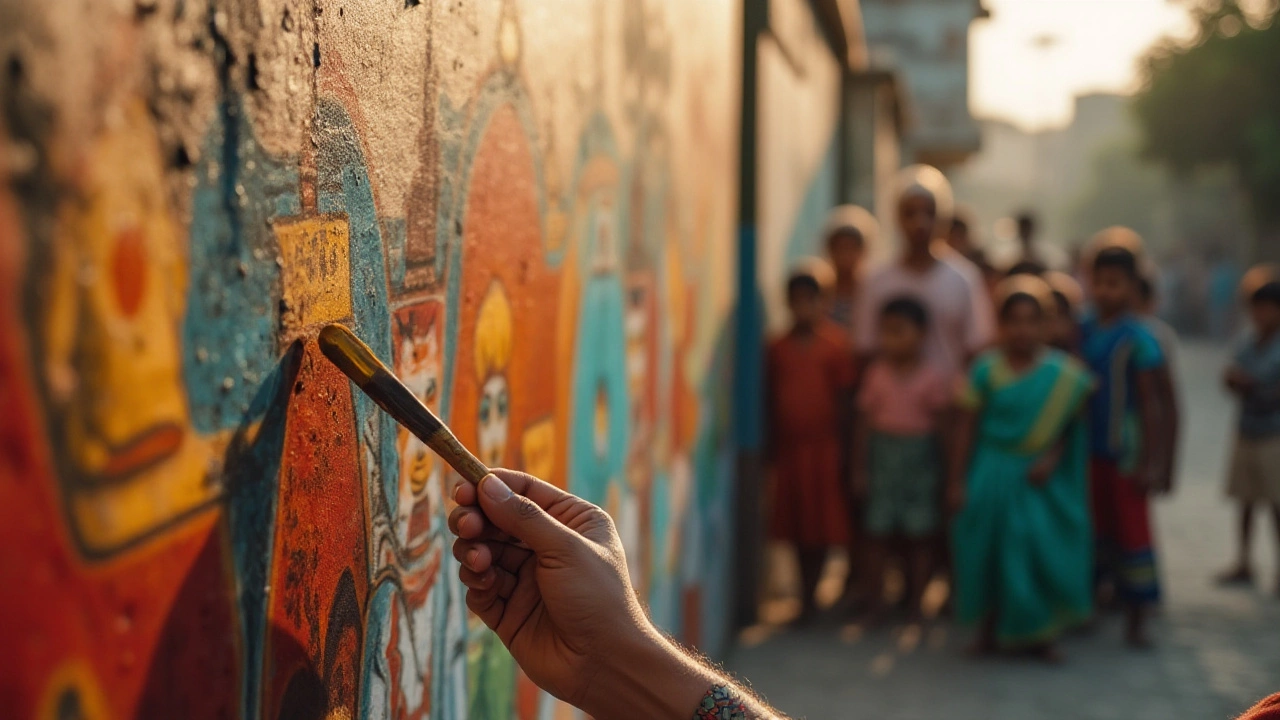
Organizing DIY Art Shows
Creating your very own DIY art show is a thrilling endeavor that not only allows you to exhibit your unique artistic flair but also to connect directly with your audience in a personal way. The charm of organizing your own event lies in its malleability, as you have the complete freedom to choose the theme, setting, and even the accompanying experiences. A good first step is identifying a space that resonates with the vibe you wish to create, such as borrowing a corner of a friendly neighborhood café, converting your living room into a mini-gallery, or even using a public park for an outdoor display.
Mapping out the logistics is crucial when planning a DIY exhibition. Draft a list of all necessary resources, including display materials like easels or frames, lighting to accentuate your art under different conditions, and perhaps a table for refreshments to keep your guests comfortable. Reach out to fellow artists who might be interested in participating, turning your showcase into a mini art festival. Splitting the workload and resources can significantly reduce costs, making the effort both affordable and enjoyable. According to the renowned National Endowment for the Arts, "Partnerships among artists not only nurture creativity but extend its reach and engagement."
Effective promotion is vital for any DIY art showcase's success. Utilize social media platforms and event websites to spread the word. Create visually stimulating online invitations and share them in artist groups and local community pages. Don’t underestimate the power of word-of-mouth; tell family, friends, and their friends, encouraging them to invite others. The excitement often snowballs from there, with each new person adding to the gathering's ambience. Explore local media outlets, which are often eager to feature community-led endeavors in their cultural segments, to further boost visibility.
The day of the event is a unique opportunity to engage with attendees significantly. Prepare to share the story behind your artworks, which often oftentimes captivates people as much as the art itself. If available, consider providing a written guide or QR codes next to each piece, directing visitors to a web page with detailed descriptions or purchasing options. With careful planning and a sprinkle of creativity, your free art showcase can leave a lasting mark on your local community, potentially opening doors to new opportunities and future exhibitions. Feel free to look for inspiration from various independent art events or from artists who've successfully embarked on this journey before you.
